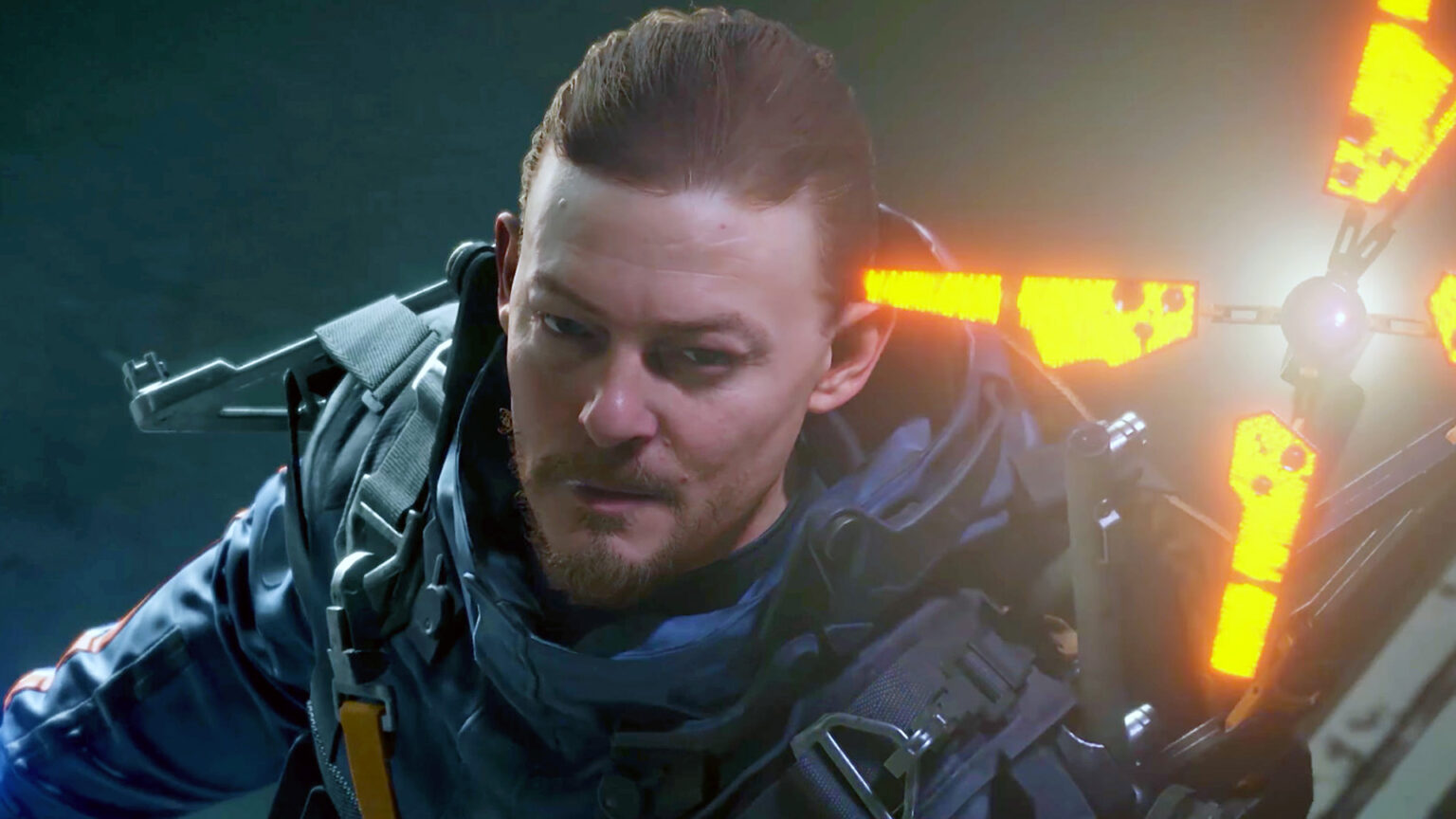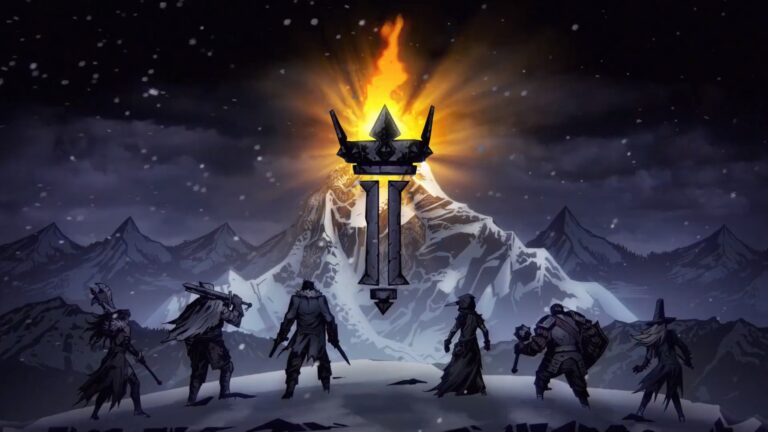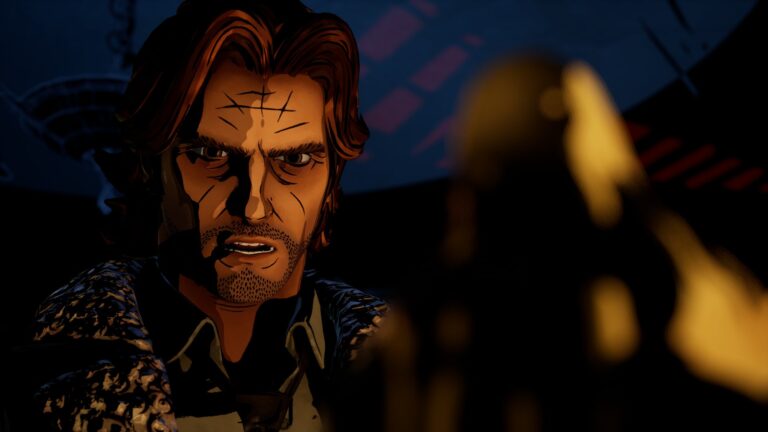As humanity attempts to survive, relationships and connections can easily be lost. During the pandemic, I learned of the important correlation between human connection and mental health. In Death Stranding, the world is bunkered down – for good reason – and one man, Sam, finally understands the need for connection, much like me (and all of us). While Sam is making his way across the country, he brings an avenue for this connection to a disjointed world.
Fueled by the aid of other Porters, who leave behind helpful tools for Sam’s journey, the protagonist in Death Stranding also deepens his own desire for friendship. Hideo Kojima made a passive co-op game where other players help each other cross treacherous terrain, teaching us about our need for connections and desire for help. The truth is, we can’t do it alone, whether it be navigating the complex organism of the mind or crossing a raging river.
That’s why I liked Death Stranding. The game’s theme was explored and deepened by the gameplay possibilities. This only works, though, if someone desperately needs help. Death Stranding is a slog – some might call it a ‘walking simulator’ – set in an empty, ominous world. But when you come across a series of zip lines set up by your fellow porters, it really strengthens that lesson of connection.
Sam could not cross that mountain range alone. In desperate need of help, another player comes to the rescue. Consider making a delivery in Death Stranding and being faced with the large array of empty land which you’ll have to stumble across. After starting your journey, you might find a motorcycle left behind by a kind player on their own journey. The satisfaction and joy of such a discovery are hard to replicate in gaming. The world and gameplay of Death Stranding were designed to be boring and tedious to further strengthen the need for and reward of making human connections.
That same world now features a race track for fun and fast traveling options thanks to Death Stranding: Director’s Cut. A game that started its lifespan – and garnered praise and criticism in equal measure – through walking simulator gameplay now functions as a glorified theme park. What do I think about this? Well, the thing is… most people did not like Death Stranding for the very same reasons I liked it, so the ‘fun’ additions in the definitive cut are understandable in a broader sense. It’s ironic that for something being labeled “cut”, there are all kinds of extras being included. These gameplay add-ons may appease a wider audience, but upset weirdos like me who liked Death Stranding‘s slow, tedious pace. The following is everything being added to Death Stranding and my thoughts about their inclusion.
To begin with, let’s take a moment to look at some of the less abrasive features like Sam’s private room shenanigans. Death Stranding’s boss battles are few but wild. When you want to re-fight a boss and compare your performance with others, you can do that in the private room. Additionally, Sam can listen to eight new tracks while he is making faces at himself or whatever else he does in that room. These additions are not altogether necessary, but it will be nice to relive some of the more outlandish boss fights.
Now that we have the additions to Sam’s leisure time out of the way, we can jump into the more substantial elements of the director’s cut:
Combat
Yes! It’s true. There is combat in Death Stranding. In the base game, M.U.L.E’s were devious enemies who hoard cargo – the same cargo Sam is delivering across the United States. The player must scrape with these greedy characters several times throughout the game. M.U.L.E camps are outside environments with limited stealth opportunities. The director’s cut hopes to remedy this stealth deficiency by incorporating enclosed combat encounters and new stealth takedowns. These new environments look to be underground facilities that tie into the new story missions.
Along with stealth, Sam will also get some new firepower to help eliminate those pesky M.U.L.E’s. The weapons we’ve seen so far include a package retrieval gun, which sends a retractable line out to grab far away packages, and a gun that emanates a bolt of electricity. These weapons, along with the others amassed throughout Death Stranding can be tested in a new gun range simulation.
Combat was the worst part of Death Stranding thanks to an amalgamation of stupid AI, clunky movement, and the lack of any meaningful cover. The addition of a couple more guns won’t fix the inherent issues of combat; that would take a substantial overhaul. On the other hand, stealth mechanics are a welcome addition, but they will probably be subjected to the same clunky mechanics we’ve seen before. These features, ultimately, do nothing to play to Death Stranding’s strengths, which are the more mundane modes of travel and interactivity with other players.
Delivery Methods
Now that’s what I’m talking about: new and better ways to deliver backloads of cargo. Death Stranding’s creative approach to its core gameplay mechanic is its best feature. As mentioned before, players work together to organize and prepare the best route for each delivery. The new machines add some cool and helpful (maybe even too helpful) ways to do just that.
Players can now equip stabilizers, which allow Sam to hover in the air, diminishing the damage of long falls. This tool diminishes the puzzle of climbing down a mountain without damaging the delivery, making traversal too easy and minimizing the need for connection (i.e., help from other players). I don’t know what the requirements are for acquiring such a powerful tool or how long it lasts before breaking. If these aspects are not tweaked appropriately, then I can see the stabilizers getting in the way of Death Stranding‘s core gameplay and theme.
The cargo catapult launches cargo through the air and safely drops it a far distance away. This is a great concept that fits right into Death Stranding. There are several times when Sam must deliver a large stack of cargo, causing him to hunch over from the excessive weight. The cargo catapult can aid in this struggle while also not offering a cheat code, especially if one launcher has a limited number of launches. Sam must still find a way to cross the land and get to the cargo – which is, by the way, sitting in the open unprotected. Another new delivery support tool is a set of robotic legs that can follow Sam during a delivery trip. The legs can carry some cargo and even Sam himself. This is another smart addition that again echoes the main theme of our need for help… only this time in the robotic leg variety.
Superfluous Fun
To many, Death Stranding is an overly boring game. If that’s you, then the director’s cut is the solution. Sam can now boost off ramps with his motorcycle and do some sick tricks in mid-air. (That actually sounds like fun!) Players can even compete for the fastest times at several race tracks located across the United States. I don’t see this contributing to anything story or gameplay-wise, but it serves as a fun detour on Sam’s quest to connect the world.
So to sum up: Death Stranding Director’s Cut takes a title that was once a slow, meditative examination of the human need for connection and now makes it a place for Porters to fly across the sky, electrocute charging enemies, and speed around race tracks. This theme park may be for you, but for me, it contradicts the unique message Kojima was originally shooting for.
No related posts.






